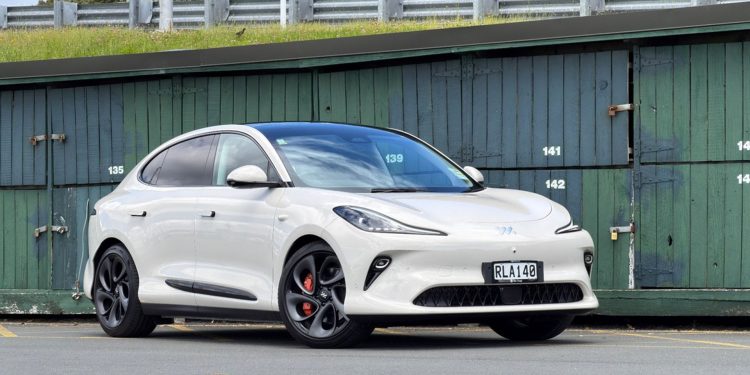First drive: IM6 brings MG’s tech joint venture to NZ roads
Words by Richard Edwards
The IM6 is not the first electric SUV to reach New Zealand this year. It enters a market where buyers are far from short of options. And while it is here from MG, technically it is not. It is an IM, a new premium division created through a joint venture between SAIC and Chinese tech giant Alibaba. SAIC provides the hardware and manufacturing depth. Alibaba contributes the software, cloud systems and digital backbone that define much of the IM6’s character.
The partnership is reinforced by autonomous technology specialists Pony and Momenta, whose perception and mapping work underpins the driver assistance suite.
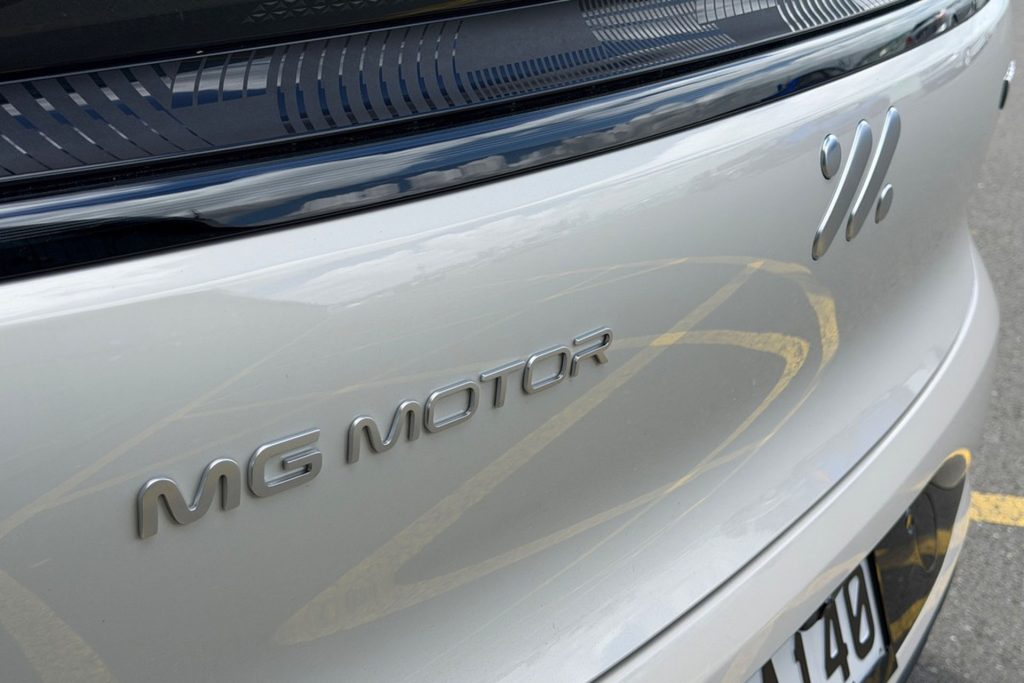
MG describes IM as a premium brand with upmarket pretensions. Think of it like Lexus and Toyota. IM is designed to feel more refined, more advanced and more performance focused than mainstream MG models. Yet it is priced to compete directly with the upper end of the mainstream EV market, including the Tesla Model Y and BYD Sealion 7. That combination of aspiration and accessibility is one of IM’s biggest strategic plays.
What IM is trying to be
IM builds its pitch around what it calls a digital chassis. Instead of traditional vehicles that rely on multiple independent control units to manage steering, braking, stability and torque distribution, the IM6 uses a single unified motion controller. The aim is to improve reaction time and coordinate vehicle behaviour more cleanly, especially when making rapid or complex adjustments. It is not an entirely new idea — BMW takes a similar approach in the platform beneath the latest iX3 — but it is a meaningful step forward at this price point.
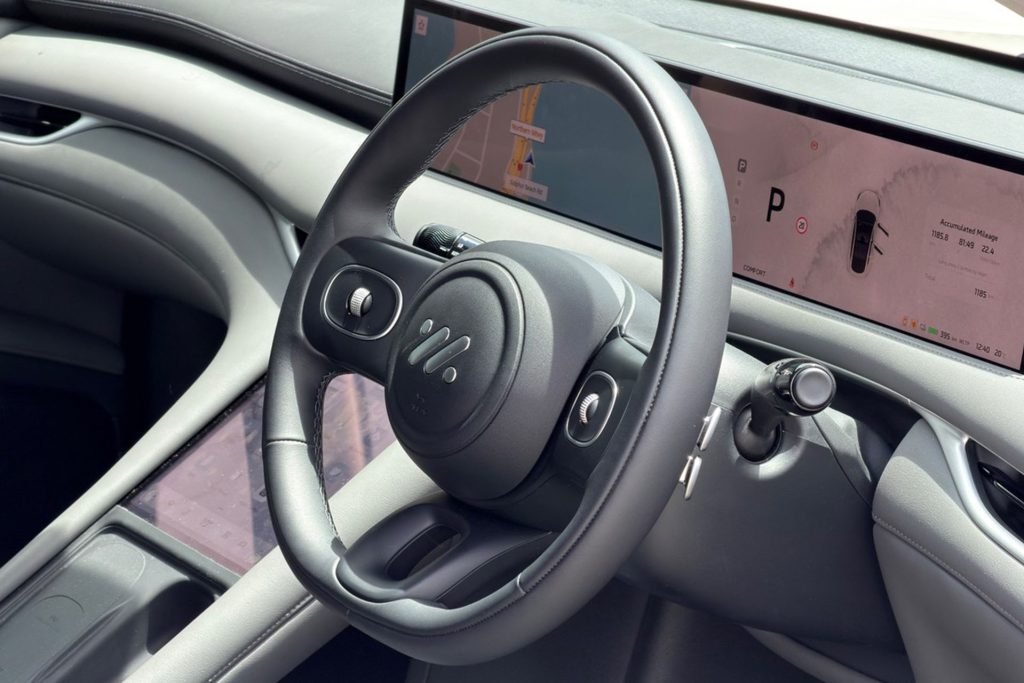
The model range
The IM6 line-up in New Zealand consists of three models, starting at a Model Y undercutting $66,990. That gets you the Premium, which uses a 75kWh LFP battery with a 217kW/450Nm motor driving the rear wheels. The WLTP range is 450km. Sitting on a 400 volt platform, it lacks the charging speeds the 800 volt models are capable of, but it remains a solid package.
At $77,990 the Platinum moves to a 100kWh NCM battery, lifts output to 300kW and 500Nm, keeps rear drive and shifts to an 800 volt architecture. WLTP range is 555 km.

The Performance model retains the 100kWh battery but adds a second motor for 572kW and 802Nm combined. IM quotes 0 to 100 km/h in 3.4 seconds and includes air suspension and CCD adaptive damping. WLTP range is 505km. All that, for $89,990, is around $10k less than the equivalent Model Y.
Steering, handling and ride
We got only a short run in the Performance at the launch event, but came away rather impressed. Performance is brutal away from the line, and the Continental brakes are similarly arresting. The ride was a little softer than expected for a performance variant, but even with the air suspension in Comfort there was a slight jiggle on Auckland’s imperfect motorways. The steering is not overly light, and when accelerating into a corner we noted a small amount of push understeer.
One of the IM6’s standout features is four wheel steering. At low speeds the rear wheels turn opposite to the fronts, effectively shortening the wheelbase. The result is a turning circle of 10.18 metres, which is remarkable for a large SUV. It makes tight U-turns and supermarket carparks feel trivial.
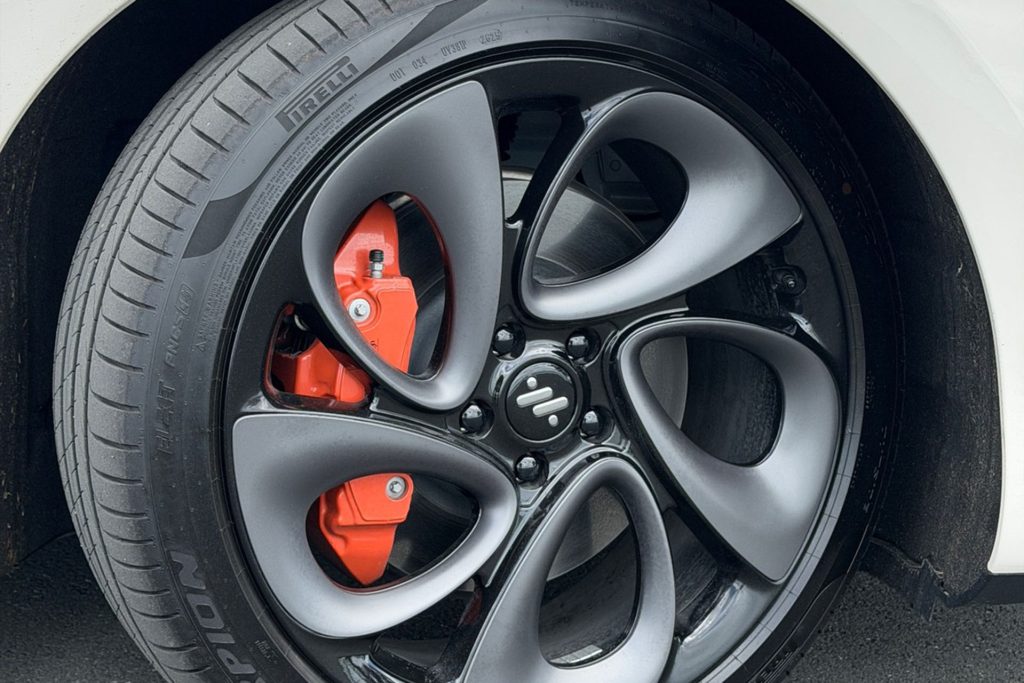
At higher speeds the rear wheels turn in phase with the fronts for added stability. During the launch drive the IM6 felt clean and settled when changing lanes at motorway pace. Steering is light but accurate, and the body control is impressive thanks to the air suspension and adaptive damping on the Performance model.
Ride quality is slightly firm but not harsh. The IM6 keeps its composure over patched or uneven surfaces and avoids the float that sometimes affects air-sprung SUVs.
800 volt platform and charging performance
The shift to an 800 volt platform in the Platinum and Performance models is significant, especially at this price point. It allows higher peak charging speeds, better thermal management and greater efficiency under load.
IM claims a peak DC charge rate close to 400kW for the Performance model and about 153kW for the Premium. Realistically, on New Zealand’s 350kW hyper chargers, the IM6 should comfortably reach the high 200s and may exceed 300kW in ideal temperature conditions. IM quotes 15 to 20 minutes to add hundreds of kilometres of range, which seems plausible given the claimed charging curve.
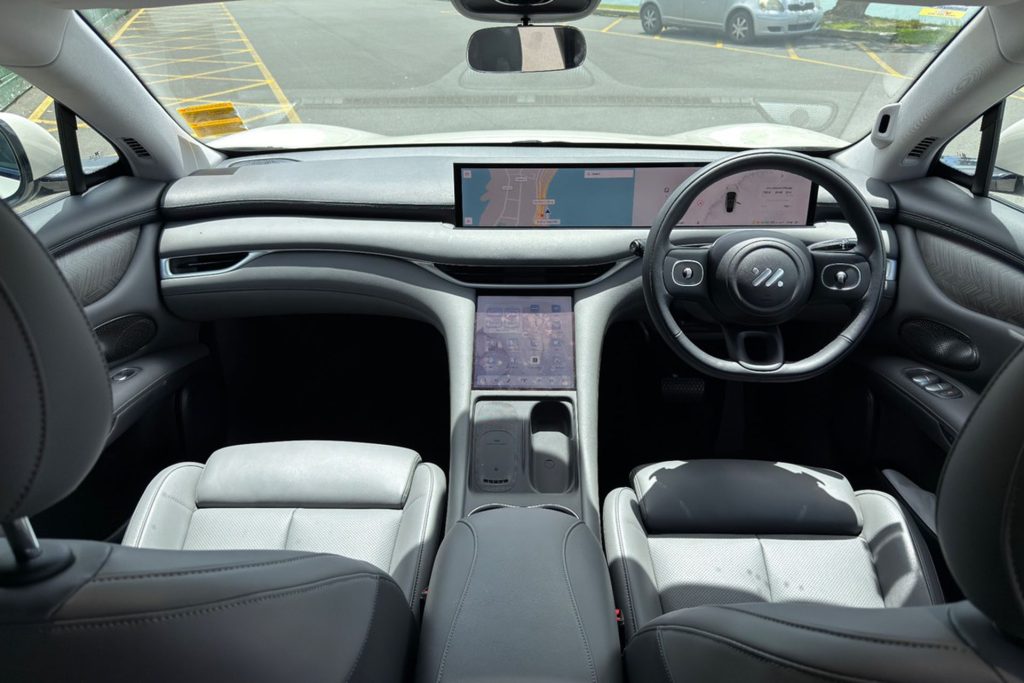
Cabin and technology
Inside, the IM6 makes its premium intentions clear. The huge 26.3-inch screen, the 10.5-inch lower display and the Snapdragon 8295 chipset give the cabin a polished, modern feel. Wireless Apple CarPlay and Android Auto are standard. The 20-speaker audio system with overhead sky speakers delivers strong clarity and spatial depth.
Materials feel appropriately upmarket. Soft leather, well-shaped seats and solid assembly give the interior a more European tone than its price suggests. However, there are a few misses. The rear cabin lacks separate climate controls and offers only one USB C port for passengers. Ventilation is provided via rear vents, but temperature changes must be made from the front. Given the otherwise high specification, this stands out as a shortcoming.

Space is excellent, and visibility for children is helped by the upright SUV shape. The electric door latches take a moment to get used to, with a noticeable delay in actuating.
Storage is solid. The boot capacity is 665 litres with the rear seats up, expanding to 1640 litres when the seats are folded down. It is supplemented by a large, deep, underfloor tub and a 35 litre frunk. The tow rating is 750kg, or up to 1500kg braked.
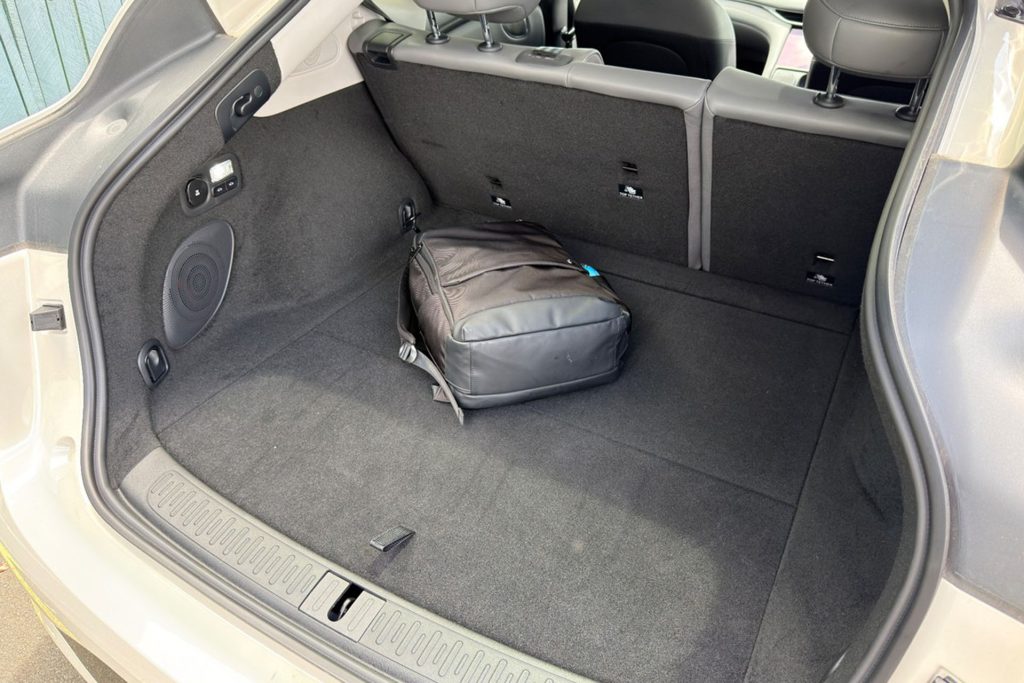
ADAS is powered by nine cameras, three radars and twelve ultrasonic sensors feeding an NVIDIA Orin N processor. Automated parking works well, including the one touch reverse feature that retraces the last 100 metres travelled.
Premium pitch and market positioning
The IM6 is pitched like a luxury product but priced like a high spec mainstream EV. That puts it directly in the firing line of the Tesla Model Y and BYD Sealion 7 rather than European luxury SUVs. It aims to offer more performance, more technology and a more cohesive driving experience at a similar or slightly lower price.
The biggest structural advantage IM has is MG’s nationwide dealer network. Buyers do not need to gamble on a small premium network or a start up distributor. Service and support are already in place.
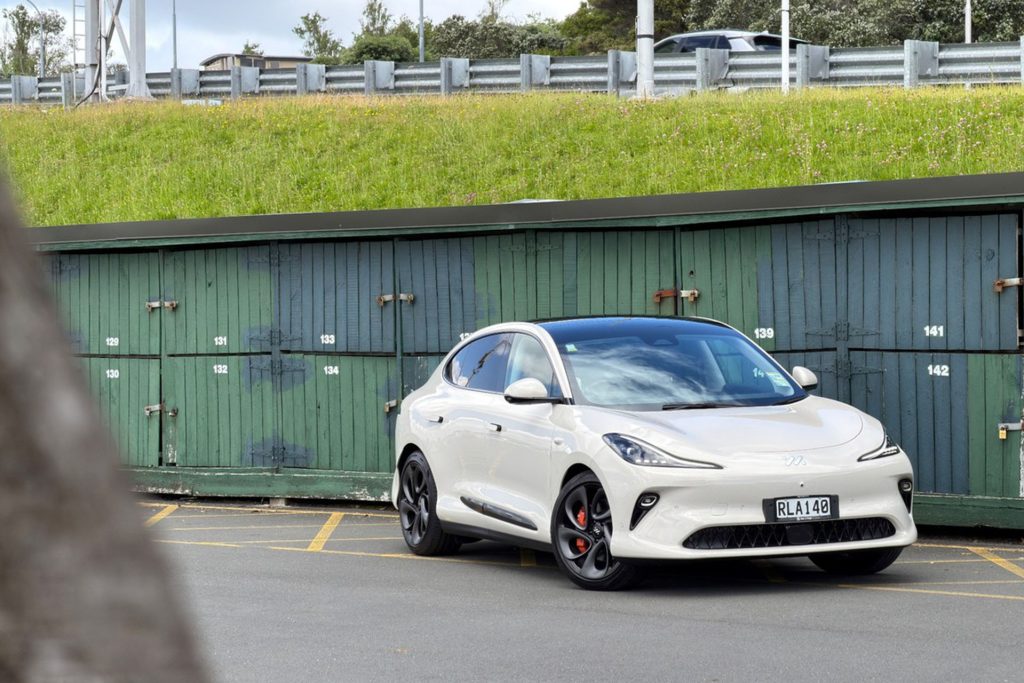
First impression
The IM6 feels like a well-considered and well executed premium EV. The digital chassis, four-wheel steering, high voltage system and strong charging performance all deliver genuine substance. The cabin is modern and well finished, and the dynamic package shows depth.
If IM is intended to become the Lexus of the MG family, the IM6 is a convincing first step. It has the ambition, the engineering and, crucially, the pricing to make people look twice.


